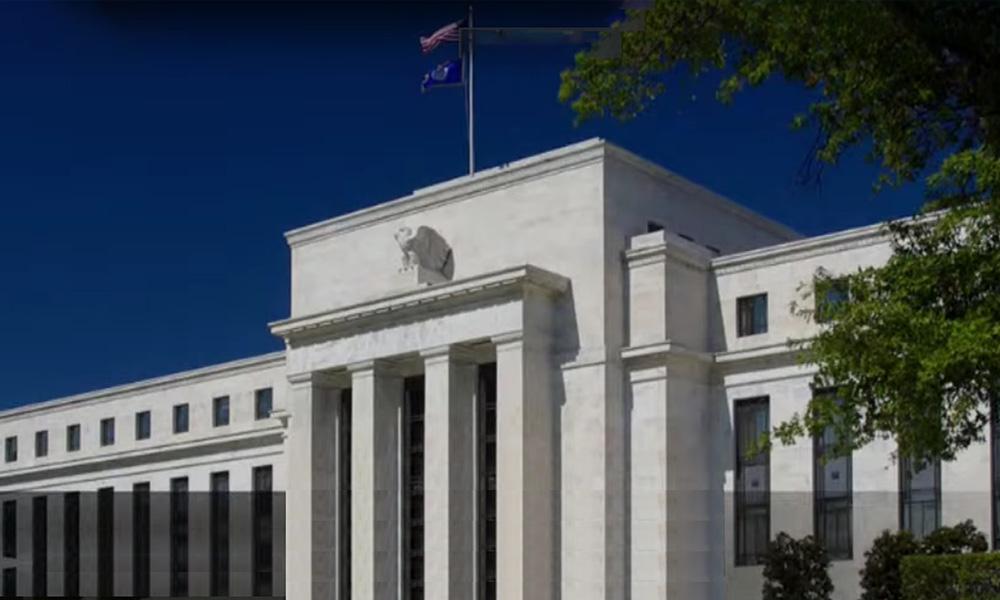The three top officials of the Federal Reserve spoke out at the same time: interest rate cuts are imminent but there are obvious differences, balance sheet reduction continues, and the impact of tariffs will be clear by the end of the year!
2025-07-11 08:53:00

Daly: The time for rate cut is approaching, but it needs to be carefully weighed
1. Two rate cuts are possible, but uncertainty remains high <br/>San Francisco Fed President Mary Daly made it clear at a public event on July 10 that the time for a rate cut is approaching. She believes that the current economic performance is solid, and inflation is gradually returning to the target level of 2%, but it has not yet fully reached the target. Therefore, the Fed needs to weigh whether to maintain the good operation of the economy by cutting interest rates. Daly specifically mentioned that "two rate cuts this year is a possible outcome", but also emphasized that there are many variables in this forecast.
2. Fall rate cuts may become mainstream, but July is still controversial <br/>Daly tends to consider starting a rate cut in the fall, which is consistent with the position of many Fed officials. However, she did not completely rule out the possibility of a rate cut in July. In contrast, Fed Governor Waller is more radical and clearly supports a rate cut in July, but he also admits that he is in the "minority". This disagreement reflects that the Fed has not yet reached a consensus on the economic situation.
3. The impact of tariffs may be overestimated, and policies need to avoid lagging behind <br/>Daly also mentioned that the actual impact of recent tariff increases on inflation may be lower than market expectations. She pointed out that companies are adapting to tariff policies rather than completely passing on costs. In addition, she warned the Fed not to wait too long for inflation data to avoid policy adjustments lagging behind the actual needs of the economy.
Waller: Balance sheet reduction continues, and there are sufficient reasons to cut interest rates in July
1. The target of balance sheet reduction is becoming clearer <br/>Federal Reserve Board member Waller revealed at another event that the Fed's balance sheet reduction (i.e., shrinking its balance sheet) may continue for some time. Currently, the Fed's balance sheet has dropped to $6.7 trillion, and bank reserves are $3.3 trillion. Waller believes that if reserves account for no less than 8% of GDP, the target of balance sheet reduction may be set at around $5.8 trillion.
2. Firmly support the July rate cut <br/>Although Waller admitted that he was in the "minority", he insisted that the current monetary policy was too tight and the July rate cut was a reasonable choice. He emphasized that this position was based on economic data and had nothing to do with politics. Waller's remarks showed the fierce debate within the Fed on the timing of the rate cut.
3. Balance sheet structure may need adjustment <br/>Waller also mentioned that the long-term nature of the bonds held by the Federal Reserve is a prominent issue, and it may need to gradually shift to short-term bonds (such as Treasury bills) in the future. However, this process will be very slow unless a large-scale sale of long-term bonds is taken.
Mousalem: The impact of tariffs will only become clear by the end of the year
St. Louis Fed President Moussallem is more cautious about tariffs. He believes that the impact of tariffs on inflation may not become clear until the end of 2025 or early 2026. Due to the lag in corporate inventory adjustments and the transmission of intermediate product prices, it is too early to judge the full impact of tariffs. This view explains why some Fed officials are taking a wait-and-see attitude towards rate cuts.
Summary: Three main lines of the Fed's policy direction
There are obvious differences on interest rate cuts: Daly and Waller represent the "Autumn Faction" and the "July Faction" respectively, reflecting the different interpretations of the economic situation within the Federal Reserve.
Balance sheet reduction continues to advance: Waller's statement shows that balance sheet reduction is still an important part of the Fed's policy normalization, but the goal has gradually become clear.
The impact of tariffs remains to be seen: Musallem’s cautious attitude reminds the market that the impact of tariffs on inflation may be overestimated, but more time is needed to verify.
Implications for the market: Investors need to pay close attention to the outcome of the Fed’s July meeting and be alert to changes in expectations for a fall rate cut. Further clarity on the progress of balance sheet reduction and the impact of tariffs will also become key factors in market volatility in the second half of the year.
- Risk Warning and Disclaimer
- The market involves risk, and trading may not be suitable for all investors. This article is for reference only and does not constitute personal investment advice, nor does it take into account certain users’ specific investment objectives, financial situation, or other needs. Any investment decisions made based on this information are at your own risk.










